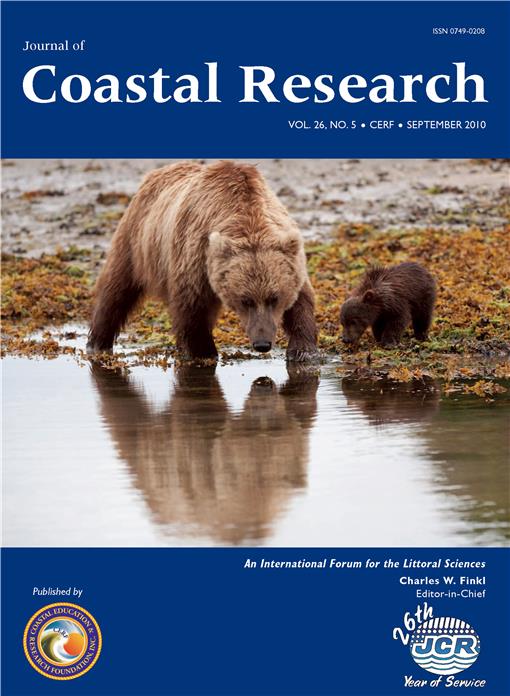The characteristics of wave breaking for periodic water waves on a gravel beach are investigated by means of a laboratory experiment that employs a wave flume. Until now, most studies of breaking waves have concentrated on impermeable or sandy beaches. While considerable knowledge has been acquired in this regard, scant experimental data are available regarding the characteristics of waves breaking on gravel beaches. Additionally, waves breaking on a gravel beach can be affected by its groundwater table because the beach has a relatively higher permeability than an impermeable or sandy beach. The associated impact of the seepage flow on wave transformation must also be taken into account. To simulate groundwater, a specially designed water-level control tank is used. The breaking of waves is studied in 835 hydraulic model tests, including the effects of groundwater and bottom slope. The experimental results of the breaking index, which includes the breaking wave height and breaking water depth on a gravel beach, are compared with the existing breaking wave formula for computing breaker height and depth. The experimental results indicate that breaking wave heights and water depths are less than those that would take place on a sandy beach. Furthermore, the higher the groundwater table, the higher the breaking wave height and water depth.
How to translate text using browser tools
1 September 2010
Experimental Study of Wave Breaking of Periodic Waves on a Gravel Beach
Kwang-Ho Lee,
Norimi Mizutani
ACCESS THE FULL ARTICLE
breaker depth
breaker height
Breaking index
groundwater level





